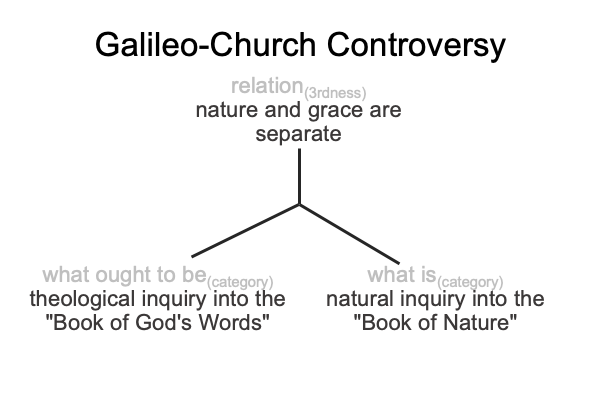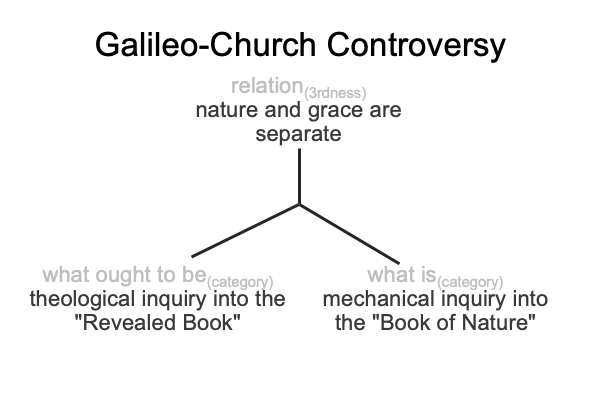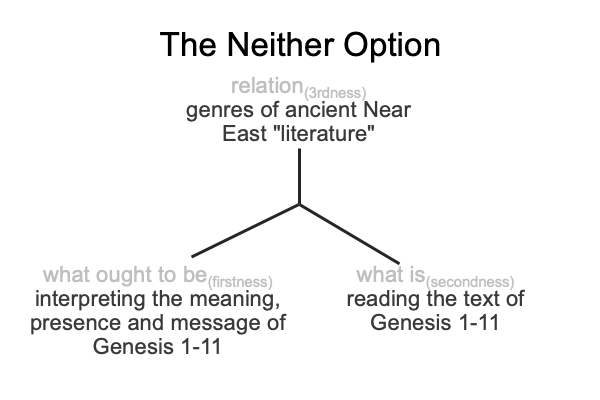0025 Is the first singularity historical?
No, it occurs in prehistory, starting around 7821 years ago.
Yes, it potentiates history. In fact, it potentiates all the written origin myths of ancient Mesopotamia.
0026 How so?
The hypothesis of the first singularity entails four key features.
First, the semiotic nature of hand-speech talk, practiced by all humans in the Lebenswelt that we evolved in, favors constrained social complexity. In contrast, speech-alone talk facilitates unconstrained social complexity, characteristic of our current Lebenswelt.
Second, the transition from hand-speech talk to speech-alone talk is called “the first singularity”. The first singularitystarts when one culture (unwittingly) loses the hand-component of hand-speech talk. This culture is the Ubaid of southern Mesopotamia.
Third, the semiotic qualities of speech-alone talk explains the dynamic trends towards increasing labor and social specialization, evident in the Ubaid from its inception.
Fourth, relative differences in wealth (labor specialization) and power (social specialization) inspire adjacent hand-speech talking cultures to abandon the hand-component of their hand-speech talk (in imitation). These extra-Ubaid cultures are not aware of the consequences. Through mimesis, speech-alone talk spreads to all the world, seeding the potential of unconstrained social complexity.
0027 These four features explain why the origin stories of the ancient Near East depict recent origins for humanity. The transition from hand-speech to speech-alone changes the semiotic qualities of language so much that, mythologically, humans are born again.
Oh, the Ubaid even forgets the “again” part.
According to Mesopotamian myths, humans are created by newly differentiated gods.
According to Genesis, Adam is fashioned out of dust.



